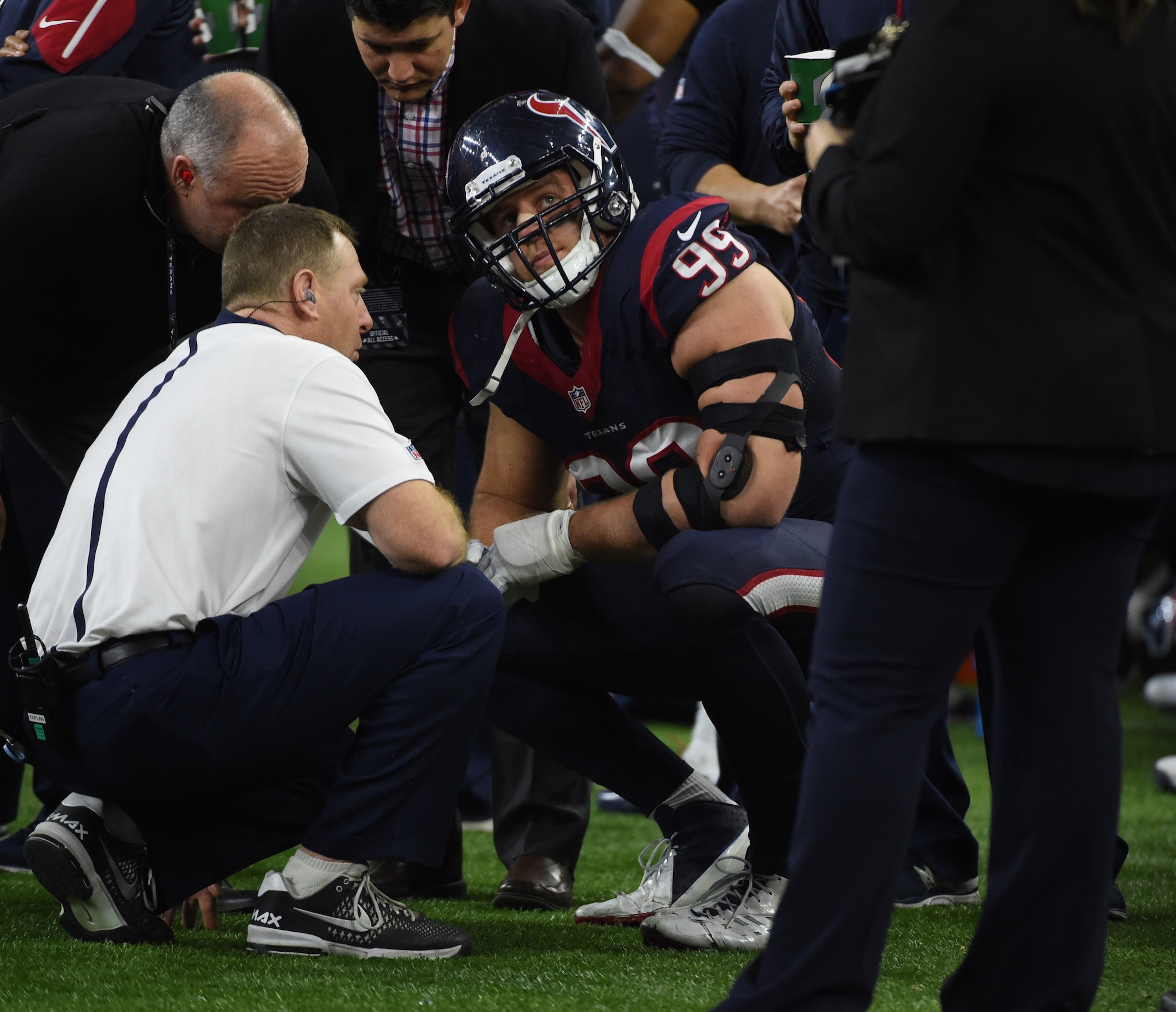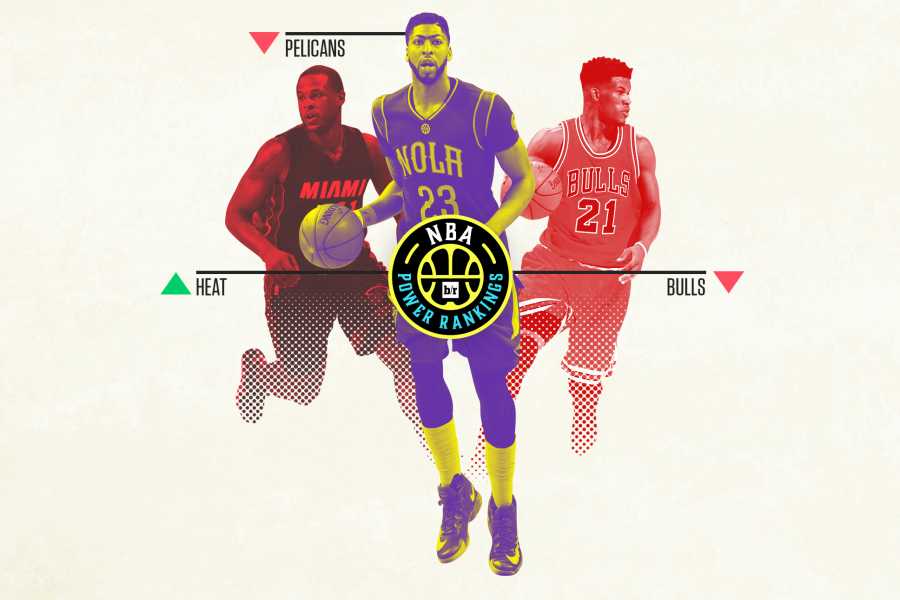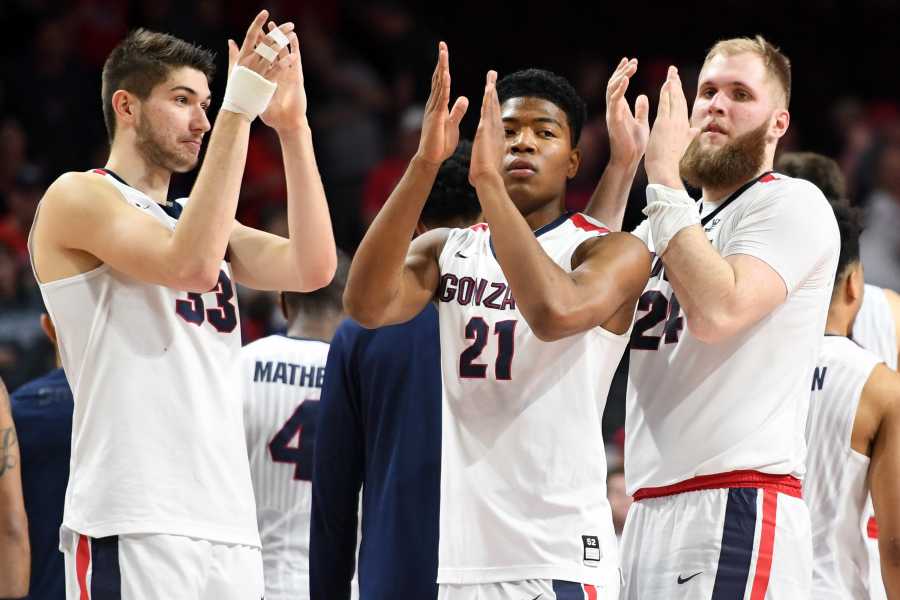By Brad Gagnon
After his third surgery in nine months, J.J. Watt decided in the fall to unflinchingly follow his doctor's orders: No training for two months. No football, no weights, no running.
That's when the NFL's most renowned gym rat determined he "was going to be the best damn walker that there ever was."
While banned from working out and recovering in October and November, Watt lost 20 pounds back home in Waukesha County, Wisconsin. But boy, did he walk. Twelve miles a day. He'd pick a restaurant six miles away from his home or drive to a spot six miles from a restaurant of his choice, park his car and walk both ways.
"There's nothing that will get you through a 12-mile walk like being able to think about food for the first six miles and then being able to reminisce about your meal for the next six miles," he said.
It's quite an image: the NFL's most dominant defensive player, a hulk of a man, just plodding along the side of the road—against traffic to limit exposure—in suburban Milwaukee while his teammates battle without him, 1,000 miles away.
"After two months of doing it, people were like, 'Ah, there's that moron walking down the street.'"
"That moron" is now running, full speed. He's box-jumping 62 inches and bench-pressing 500 pounds. He's been cleared to practice regularly and resume a typical offseason routine. Watt is working tirelessly just to regain what he had before his body failed him. It's a tall, heavy task, even for a 6'5", 283-pound battering ram of a man.
The three-time Defensive Player of the Year didn't miss a game during his first five seasons in the league, but he played with torn muscles in his torso, groin and upper legs in 2015 and underwent major surgery following that 17.5-sack campaign.
Eric Christian Smith / AP Photo
In July, he went under the knife again to repair a herniated disc. He tried to rush back to play in 2016, but then he reinjured his back three weeks into the year, begetting the September procedure which ended his season. Not being able to play took a tremendous emotional toll on the 27-year-old, who had free time in the fall for the first time in his adult life. "When something you love is taken away from you, you really realize how much love and passion you have for it," he said.
But once he shut it down, Watt finally had a chance to rebuild his body without a sense of urgency.
"Trying to get back as fast as you can to help your team out, you push it and you do things that are within the program but you should take a little more time on," Watt said. "Whereas having the surgery in the middle of the season and going on [injured reserve] really gives you that window to be able to rebuild properly and make sure that you do it patiently but aggressively. If I need an extra day for something, I need an extra day."
To accomplish that rebuild, Watt devised a recovery plan in the fall with his longtime trainer, Brad Arnett, as well as members of the Texans training staff.
"He knows my body just as good as I know it," he said of Arnett, who started training a teenaged Watt 12 years and 85 pounds ago, before the 15-year-old knew how to lift weights. "He knows exactly how we need to rebuild it and how we need to get it to its peak performance level."






